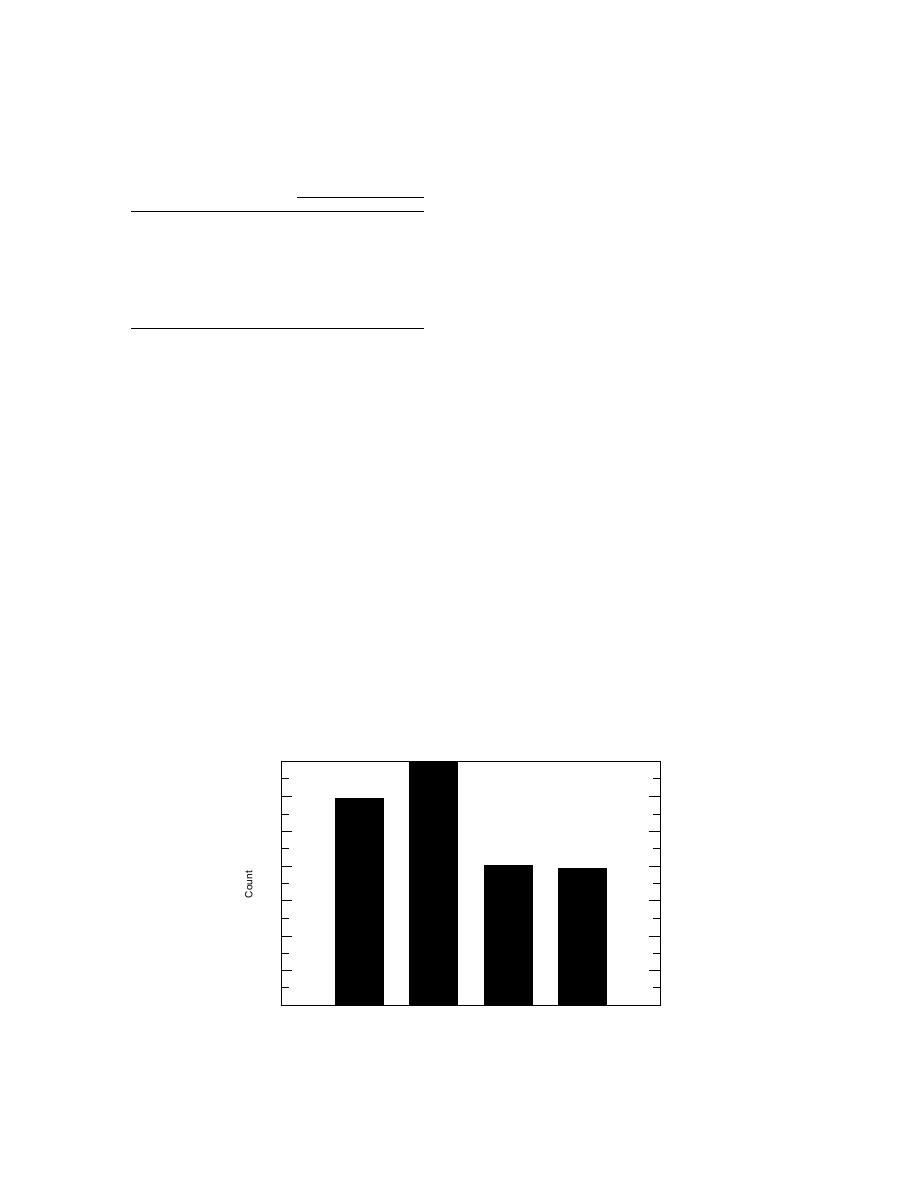
Table 10. Numbers of white phosphorus par-
used for sieving) and 2 mm in their longest dimen-
ticles retained on a 0.59-mm mesh from
sion (Fig. 8), which is equivalent in mass to 0.2 to
sieved composite samples.*
7.6 mg for spherical particles. The largest particle
found measured 7.4 3.7 3.0 mm and weighed
Grid
Number
approximately 150 mg.
size
Grid
sample
Number of particles
(m)
shape
sites
Rep 1 Rep 2
Total
0.91
Square
184
75
50
125
DISCUSSION
1.82
Square
48
21
34
55
The source of the white phosphorus contamina-
1.96
Square
44
14
12
26
2.33
Square
36
28
43
71
tion (i.e., point detonating projectiles) makes rep-
2.00
Triangle
48
7
8
15
resentative sampling a formidable task at Eagle
2.17
Triangle
39
29
9
38
River Flats and other wetland artillery and infan-
2.44
Triangle
30
6
3
9
try mortar ranges. Some time ago, we examined
* 50-mL sediment samples collected at the nodes of reg-
the distribution of white phosphorus from point
ular two-dimensional grids within a 7- 20-m area.
detonating smoke rounds fired from an 81-mm
mortar at an upland site. We found that most of
this sample that, once heated, it resembled the
the residual white phosphorus was located within
grand finale of a fireworks display. With so many
2 m of the point of impact and that white phospho-
particles simultaneously igniting and the residue
rus concentrations decreased exponentially out to
of adjacent particles merging, accurate counting
22.5 m away (Walsh and Collins 1993). Extrapolat-
of the particles was difficult. For the remaining
ing these results to the pattern of contamination at
samples, we used microscopic examination first
ERF, any detection of white phosphorus at a sam-
as described above in Methods.
pling point, no matter how low the concentration,
White phosphorus particles were detected
told us that white phosphorus munitions had been
using each of the grid sizes and shapes we tested
fired nearby. Thus, there was potentially at least
(Table 10). The greatest number of particles was
one hot spot within a 20-m radius around the
found using the smallest (0.91 m) grid where the
point of detonation of a round. The environmental
most samples were composited; however, num-
conditions on this particular range lead to the un-
ber of samples in each composite was not related
fortunate situation where acutely toxic white
to the numbers of particles detected.
phosphorus residues are ingested by waterfowl.
The particle sizes were typical of what we had
Because of the severity of the contamination and
observed previously in samples collected from
associated waterfowl mortality, Eagle River Flats
permanently flooded areas. Of the 208 particles
is being remediated. The goal is to reduce water-
that were found by microscopic examination,
fowl mortality by reducing their exposure to the
most were between 0.59 mm (the size of the mesh
white phosphorus residues.
70
60
50
40
30
20
10
0
0.6 to 0.99
1.0 to 1.49
1.5 to 2.00
> 2.00
Length of White Phosphorus Particles (mm)
M W 64
Figure 8. Size distribution of white phosphorus particles retained on a
0.59-mm mesh from composite samples taken from DWRC pen 5.
15




 Previous Page
Previous Page
